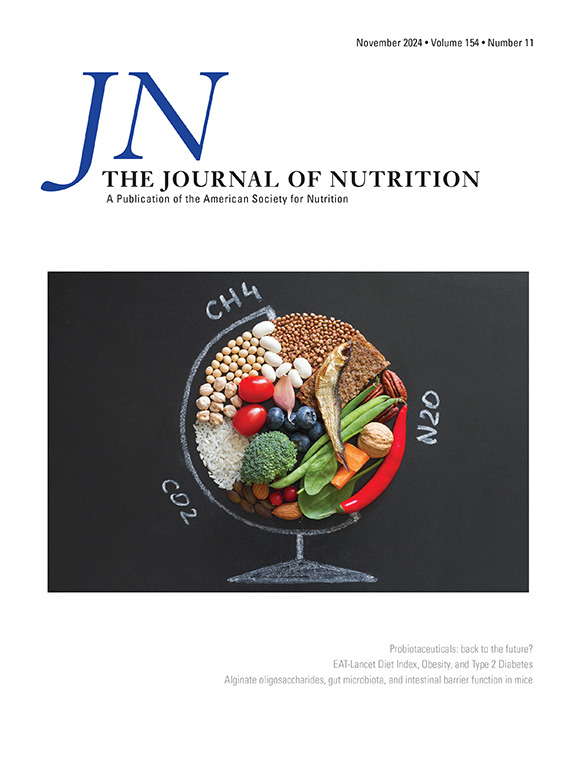Multiorgan Regulation Mechanisms and Nutritional Intervention Strategies in Gestational Diabetes Mellitus
IF 3.7
3区 医学
Q2 NUTRITION & DIETETICS
引用次数: 0
Abstract
Gestational diabetes mellitus (GDM) affects millions of pregnant women worldwide and leads to both short- and long-term complications for mothers and their fetuses. Managing GDM through diet, physical activity, and medical interventions can significantly reduce these risks. Studies have identified the individual and combined roles of organs regulated by placental hormones, cytokines, and gut microbiota as key pathways contributing to impaired glucose homeostasis. In this context, placental hormones mediate the crosstalk among the placenta, pancreas, and adipose tissue, stimulating endocrine pancreas adaptation and adipose tissue expansion. However, insufficient maternal physiological adaptations, such as dysregulated adipocytokines, adipokines, and oxidative stress in the pancreas, can create an environment conducive to the onset of GDM. Furthermore, gut dysbiosis implies potential mechanisms of gut–host interaction associated with the occurrence of GDM, with short-chain fatty acids possibly serving as crucial targets. Nutritional therapy is recognized as the first-line approach for managing GDM, encompassing dietary guidance and supplementation with micro- and macronutrients as well as bioactive components. Importantly, combined interventions involving multiple nutrients, such as probiotics and prebiotics with vitamins or minerals, may exert stronger beneficial effects on the prevention and treatment of GDM and its complications. This review paper discusses the regulatory role of multiorgans in GDM and the implementation of nutritional therapy for its prevention and management, along with associated complications.
妊娠期糖尿病的多器官调节机制及营养干预策略
妊娠期糖尿病(GDM)影响着全世界数以百万计的孕妇,并导致母亲及其胎儿的短期和长期并发症。通过饮食、体育活动和医疗干预来管理GDM可以显著降低这些风险。研究已经确定了由胎盘激素、细胞因子和肠道微生物群调节的器官的个体和组合作用是导致葡萄糖稳态受损的关键途径。在这种情况下,胎盘激素介导胎盘、胰腺和脂肪组织之间的相互作用,刺激胰腺内分泌适应和脂肪组织扩张。然而,母体生理适应不足,如脂肪细胞因子、脂肪因子和胰腺氧化应激失调,可创造有利于GDM发病的环境。此外,肠道生态失调暗示了与GDM发生相关的肠道-宿主相互作用的潜在机制,短链脂肪酸可能是关键靶点。营养疗法被认为是治疗GDM的一线方法,包括饮食指导和补充微量和大量营养素以及生物活性成分。重要的是,涉及多种营养素的联合干预,如益生菌和含维生素或矿物质的益生元,可能对GDM及其并发症的预防和治疗产生更强的有益作用。本文综述了多器官在GDM中的调节作用,以及营养治疗对其预防和管理的实施,以及相关并发症。
本文章由计算机程序翻译,如有差异,请以英文原文为准。
求助全文
约1分钟内获得全文
求助全文
来源期刊

Journal of Nutrition
医学-营养学
CiteScore
7.60
自引率
4.80%
发文量
260
审稿时长
39 days
期刊介绍:
The Journal of Nutrition (JN/J Nutr) publishes peer-reviewed original research papers covering all aspects of experimental nutrition in humans and other animal species; special articles such as reviews and biographies of prominent nutrition scientists; and issues, opinions, and commentaries on controversial issues in nutrition. Supplements are frequently published to provide extended discussion of topics of special interest.
 求助内容:
求助内容: 应助结果提醒方式:
应助结果提醒方式:


